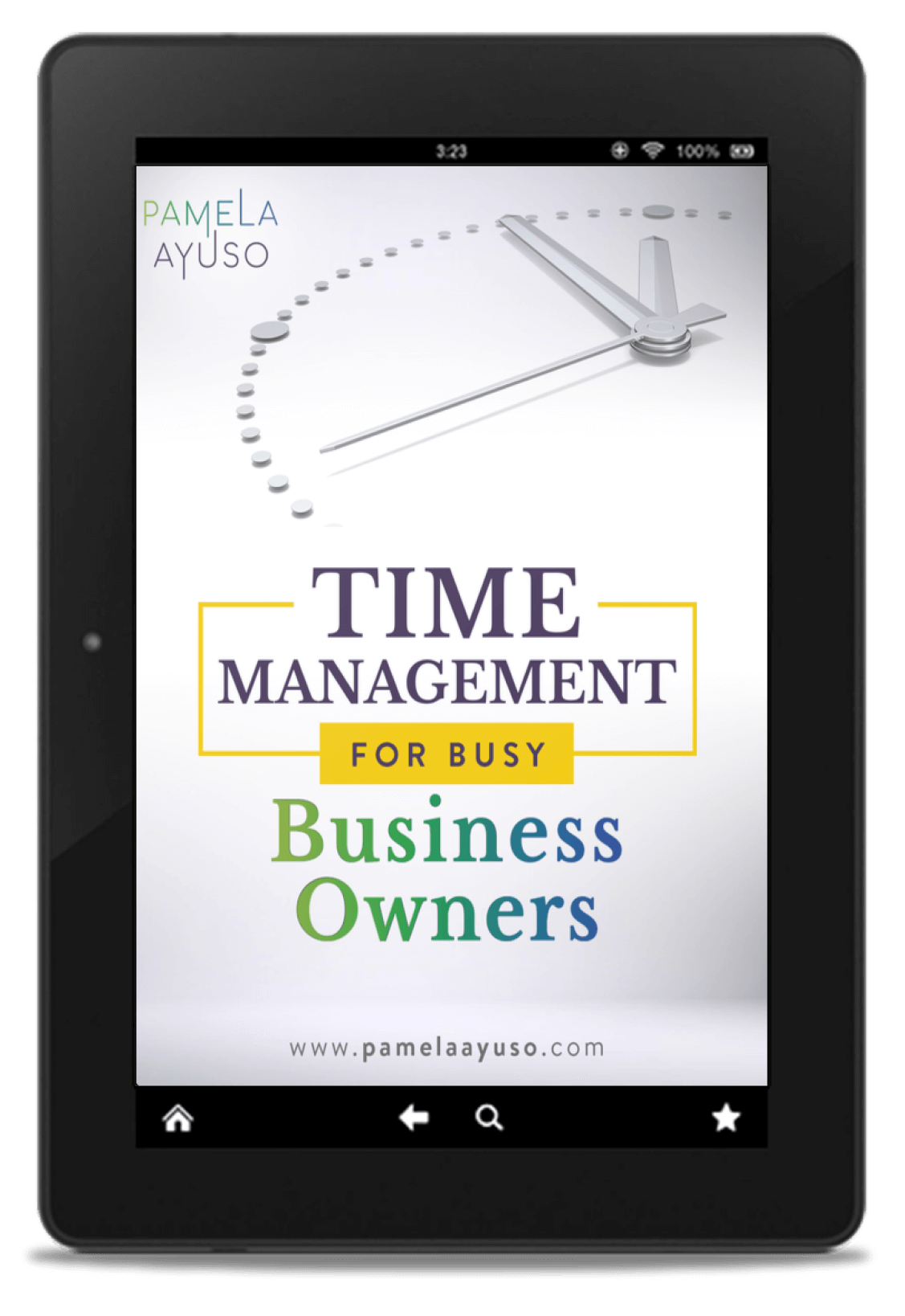In his book, The Executive’s Compass: Business and the Good Society (public library), James O’Toole describes the use of a compass with the ideas of liberty (North) and equality (South) on the vertical axis and efficiency (East) and community (West) on the horizontal axis. These poles, notably the liberty-equality continuum, represent tradeoffs we must make as we search for the ideal society.
I read about the tension between the idea of full liberty and full equality, but I had never read that about the tradeoff that exists between efficiency and community. Ever since I learned about the efficiency-community axis, I have not stopped thinking about these two ideas and their location on the compass and how it applies both to work and to personal priorities.
![[Photo: Corinne Kutz/Unsplash]](/wp-content/uploads/2021/01/corinne-kutz-j_9drN8w6gw-unsplash.jpg)
[Photo: Corinne Kutz/Unsplash]
In business, our goal is to improve efficiency: to produce as much as possible with the least amount of resources. For instance, we find ways to be more productive by buying more efficient software to cut out time. The more productive we are, the more successful the business.
By osmosis, we absorb these ideas and apply them to our schedules. Search for productivity on the web, and you will get almost 600 million hits. We are obsessed with doing more with the time we have.
However, once we start to save more time, we invest the time we have gained to produce more and more. It becomes an automatic reflex that pushes us to do more, and we may not even realize we are doing it.
Priorities
I have found myself on a treadmill of never-ending production. In 2018, my goal was to write and illustrate a children’s book, which I did. The next year, it was to write a business book, which I also wrote. I then wrote another children’s book, and in the meantime, I continued my normal responsibilities at work.
The efficiency I created has become a machine. I am proud of what I have created, but I want my productivity to work for me, and not the other way around. To do that, I am evaluating my priorities. Initially, my main concern was to launch all these new projects successfully, but now I want to rebalance.
So instead of feeding my productivity machine like I would have in the past by setting a goal for myself to write another nonfiction book as well as another children’s book, I am choosing to space out my projects more. Part of the reason for this rebalancing is to have more time for conversations and lunch meetings with friends and colleagues. I also want more unscheduled time when I can develop impromptu projects/ideas and as well as having the room to think. These are also priorities.
Changes Take Time
Reprioritizing takes time. Because life is already moving in one direction, it will likely not be feasible or desirable to cancel what we are doing and move the opposite way. Therefore, when we are ready to make a change, we will need to budget in some extra time to see the result.
Making the change to the current balance I have has been easier said than done. I had to see through the projects I had already launched. Adding the final adjustments to my business book and publishing it will take time, not to mention the marketing efforts it requires. Because I wrote it in English, I also want to translate it into Spanish, which takes a fair bit of time. I also have to launch my newest children’s book and market it.
![[Photo: Justus Menke/Unsplash]](/wp-content/uploads/2021/01/justus-menke-8h57M6YErQA-unsplash.jpg)
[Photo: Justus Menke/Unsplash]
In my case, I will see the real benefit when I have completed these projects, and I no longer have overly ambitious goals in the pipeline. I am happy that I have developed the capacity to write books, but now I must balance that with everything else in my life to make sure I am not focusing on one extreme, as tempting as that may be.
In the end, as the compass illustrates, there is no one good point on the axis of community and efficiency. Just as it is a tradeoff at the level of society, it is also at a personal level and our work is to continue to seek the one best point that is best at our current stage of life.
O’Toole, James. The Executive’s Compass: Business and the Good Society. Reprint Edition. Oxford University Press, April 20, 1995. E-book.



